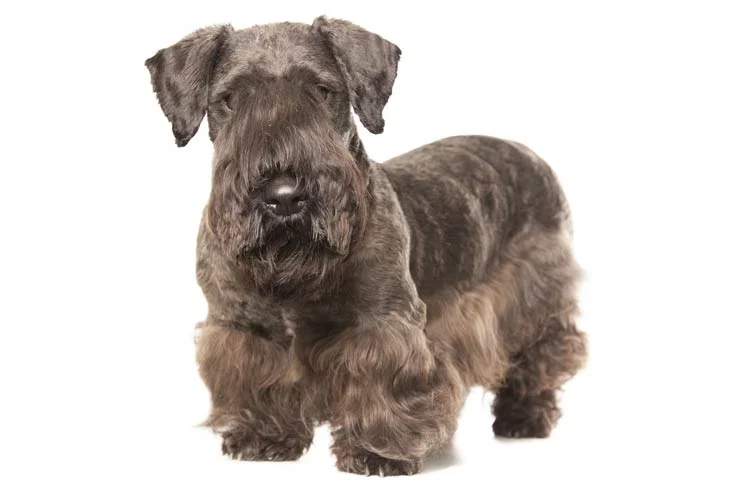The Cesky Terrier, the country of the Czech Republic’s national dog, makes an intelligent and daring playmate for children and an enthusiastic strolling companion for adults. While still being somewhat more relaxed and trainable than the typical terrier, they are tenacious workers. The shoulder height of a Cesky, a powerful, short-legged, and attractive hunter, is no more than 13 inches. The smooth, silky coat comes in a gorgeous platinum tone as well as various different shades of gray. These athletic, unspoiled working terriers have wavy facial hair that gives them a sporty, Continental appearance. They also have a medium-length neck that adds a touch of elegance. Although Ceskys are mellower than standard terriers, they are just as determined and prey-driven as any other earth dog.
They are good watchdogs without being overly yappy, wary of strangers, and protective of loved ones. They are disciplined and eager to please. The caveat is that there are only roughly 600 of them left in America. If you’re lucky enough to find one, a great family dog.




 Health
Health Grooming
Grooming Exercise
Exercise Training
Training Nutrition
Nutrition